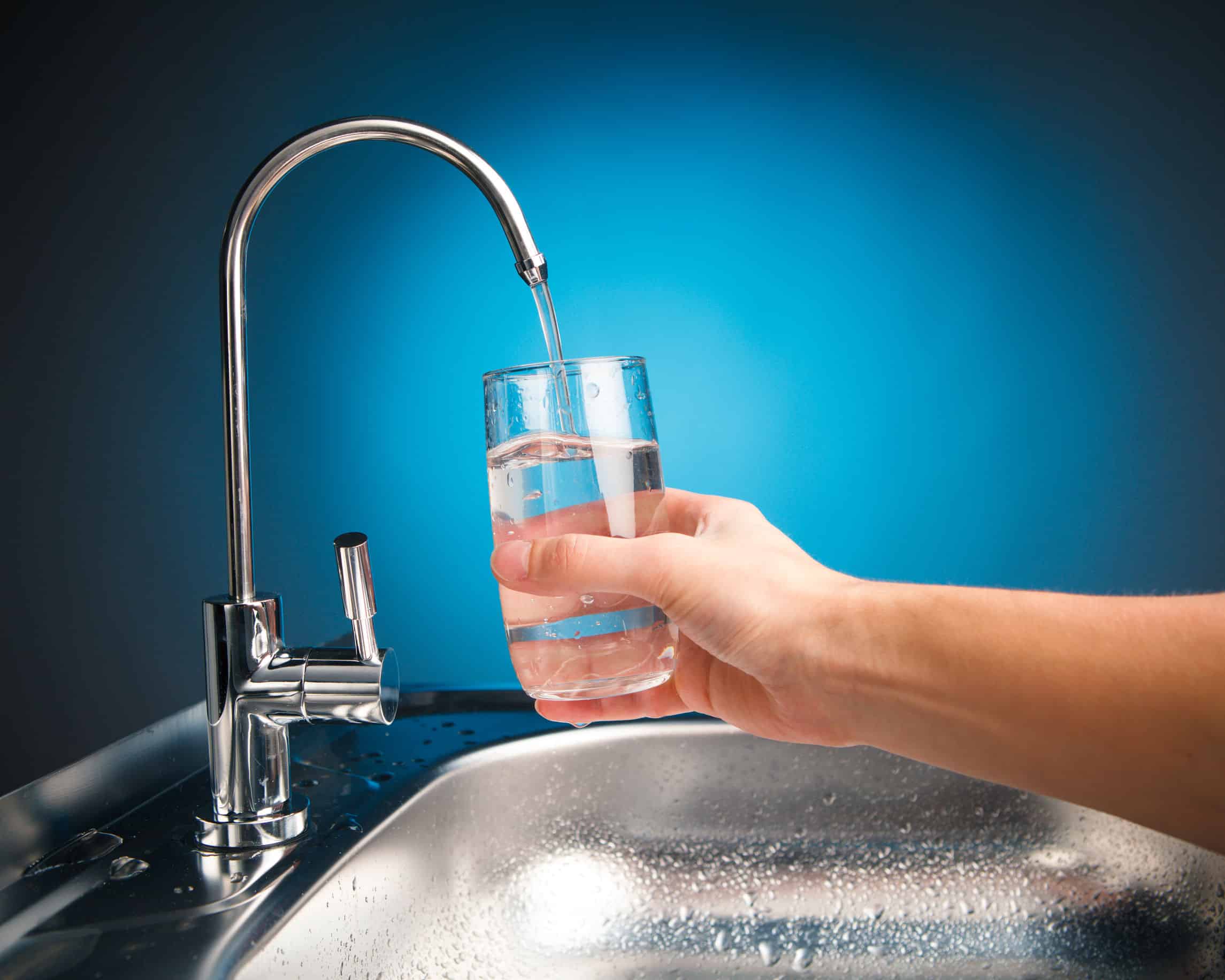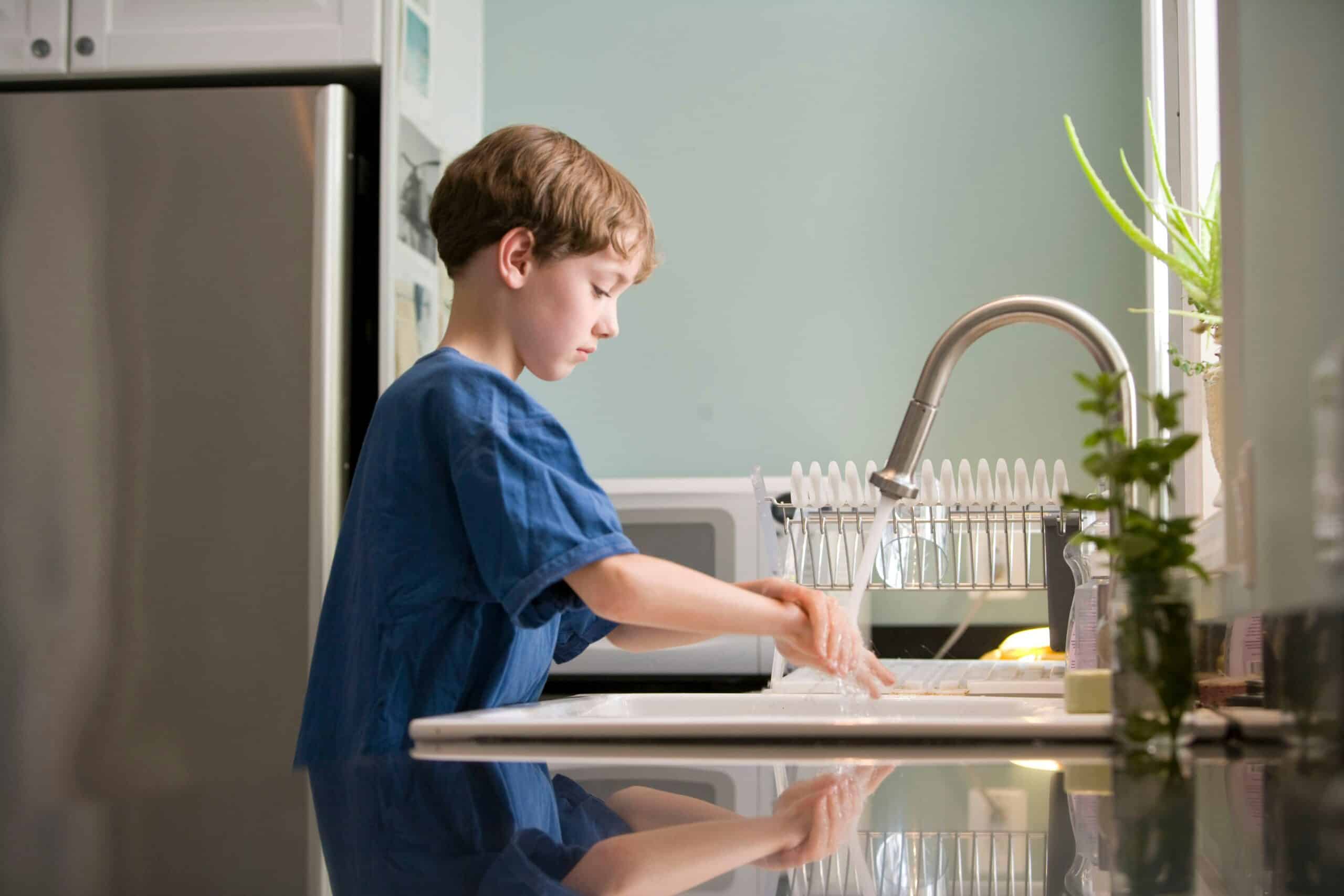Plastic water bottle dilemma
50 billion– it’s the number of plastic water bottles used in America every year, an estimated 167 bottles per citizen per year. And remember, this is only plastic water bottles. It does not include soft drinks and other bottled beverages.
Worse yet is our status on recycling these bottles. According to habitsofwaste.org, America recycles only around 25% of disposable water bottles. Some sources claim as low as 12% are recycled. While we may never know the exact figures, these estimates are enough to show us that we’re not doing well.
Here’s the ironic part… Tap water today, if your home is located on a public/municipal water network, is closely monitored by Environmental Protection Agency (EPA). EPA’s standards for tap water are more stringent than Food and Drug Administration regulations for bottled water, according to container-recycling.org.
How did we get here?
If tap water is so readily available and monitored for safety, why are Americans consuming so much bottled water?
- First, we need to realize that many Americans today are driven by convenience. Plastic bottles are nice to have on hand, convenient to grab for the next road or hiking trip, and relatively affordable… (Really? Well, we’ll discuss affordability more later.) Like any other convenience, we get into the habit of depending on these water bottles.
- Another reason Americans are opting for bottled water may be because public water supplies today are most often treated chlorine. Chlorine is added to keep public water safe from harmful bacteria and other microbes. The downside is that it taints your water with a less-than-desirable flavor. This may cause people to look for another source of drinking water.
- Bottled water popularity is also driven, no doubt, by Americans who are becoming more health minded. We all know water is far healthier than soda or other highly sugared drinks. If the average citizen drinks the recommended 8 cups per day, it’s not surprising that the water bottle consumption rate is sky high.
But the good news is, healthy water doesn’t have to be toted from the supermarket in cases of bottles. There are other options available, and they may even be easier on your wallet!
A better alternative?

Have you considered investing in a RO (reverse osmosis) drinking water system for your home? A few figures and explanations may confirm that it’s actually sensible and economically feasible.
- RO technology is used by many commercial water bottling companies to purify water. The advantage of owning your own system is, your water will always be fresh, not sitting in a bottle for weeks during storage and shipment.
- Drinking water systems can be handier than you think. A separate faucet on your sink can conveniently dispense your drinking water. Another popular option is connecting your system to your refrigerator/icemaker, delivering crystal-clear cubes and refreshing water at your fingertips.
- With top-quality water now dispensed in your own kitchen, a reusable insulated bottle is the next greatest improvement. It will still be handy, water will still be fresh, and additionally, you’ll keep your water refreshingly cool while you’re on the go.
Could hydration get any more convenient?
Pushing Numbers
Cost of bottled water
Aquafina, the most popular brand of bottled water in America, when purchased in a family pack, costs about 1 cent per ounce. At 64 ounces per day (8 cups per day), that comes to $0.64 per day per person. In a 4 family-member home, that equals $2.56 per day on bottled water. Check your own sources to verify your bottled water cost.
Cost of water with your own RO system
Now let’s compare that to your own drinking water system. If an RO drinking water system costs $1300 installed in your home, and it lasts 15 years, that cost is $86.67 per year. That divided into 365 days brings your costs to $0.24 per day.
Maintenance costs for your RO may average about $100 per year for replacement filters, labor, etc. Converting that to a daily cost brings us to about $0.27 per day for maintenance. Adding system cost to maintenance cost equals $0.51 per day.
The advantage
Now let’s add up your savings. At $2.56 per day for bottled water, subtract $0.51 per day for your own system costs, and that equals $2.05 savings per day. Figuring conservatively, you’d save over $500 per year at that rate.
These numbers were based on a RO water system capable of producing 30-50 gallons of high-quality drinking water per day. This gives you plenty of water to use for cooking, coffee-making, etc., and still have plenty of great-tasting drinking water for your entire family.
Remember, no convenience savings were figured in here, the costs of running to the store for water, plus correctly disposing of the bottles. We’ll let you run your own calculations for that…
More Information
If you’d like to learn more about a potential RO drinking water system for your home, here are some sites to visit:
https://www.luminoruv.com/support/faq/reverse-osmosis
Or we at Aquanology would be happy to answer any questions you might have. Contact us at 315-856-0483, email us at water@aquanology.com, or find more info on our website- https://aquanology.com/.







